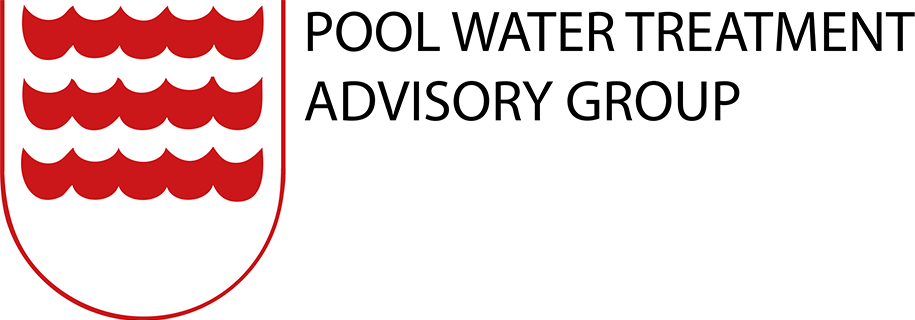Filtration Rate Calculator
When using a media-based filter system which could be sand (silica 16/30) or a glass based media, it is important for operators to be able to determine the filtration rate of the system. This will assist a swimming pool operator in knowing what type of coagulant should be used on the system and how to deal with faecal contamination using the process described in PWTAG Technical Note 2.
There are many pools in the public sector with bathing loads not as high or as critical as public community pools (e.g. health clubs, hotels, schools) that use high- rate filtration – over 25 and up to 50 metres per hour. High-rate filters do not filter as well as medium-rate filters. Tests have shown they are about 10 to 25% as effective as medium rate. Accordingly, in these situations the bathing load should reflect the relative inefficiency of these filters (given that turnover and circulation are similar to pools with medium rate filters). Their use should be subject to a risk assessment.
In general, the greater the filtration velocity, the lower the filtration efficiency. In practice, efficiency falls off even more rapidly at velocities of over 25m/h (m3/m2/h). This can be demonstrated experimentally, using standard water tests for pollution.
Filter ratings are based on sand filtration rates. The three categories are ranges only:
- Low-rate up to 10m/h
- Medium-rate 10 to 25m/h
- High-rate 25 to 50m/h
The loss of pressure through the filter is directly proportional to filtration velocity within the range of 10-25m/h. So, for conventional public pools where bathing loads are consistently high, a medium filtration rate of 10-25m/h is recommended. The filtration system should be based on the design maximum bathing load, operating 24h a day, ideally designed so that the circulation rate can be reduced overnight or during quieter periods.
Use the calculator below to show your filtration rate, just complete the yellow boxes.
| m | |
| m | |
| m² | |
| m² | |
| m³/hr |
